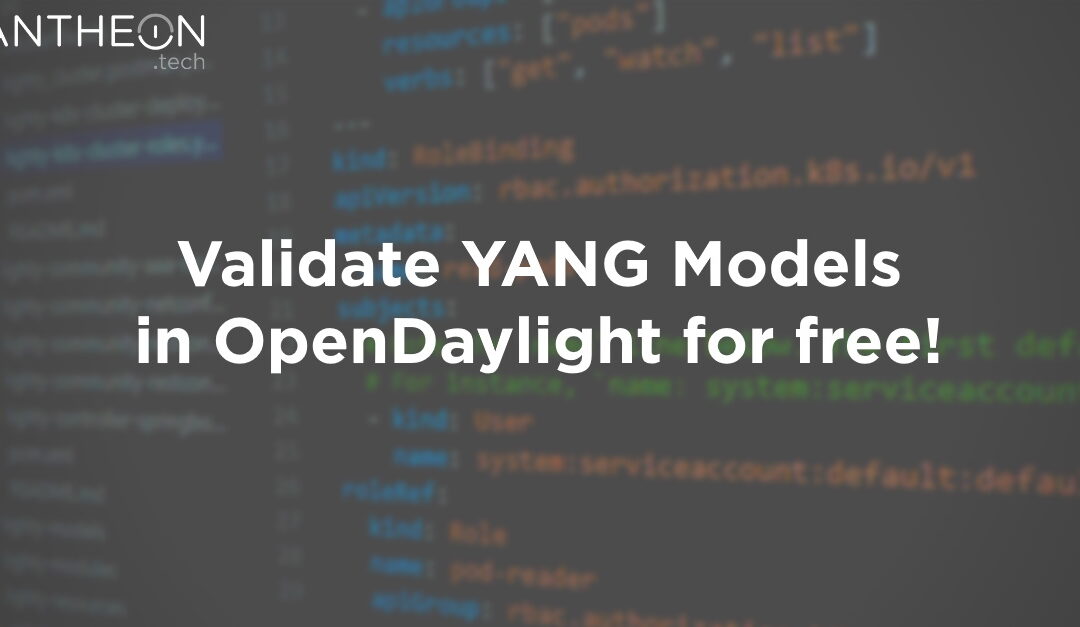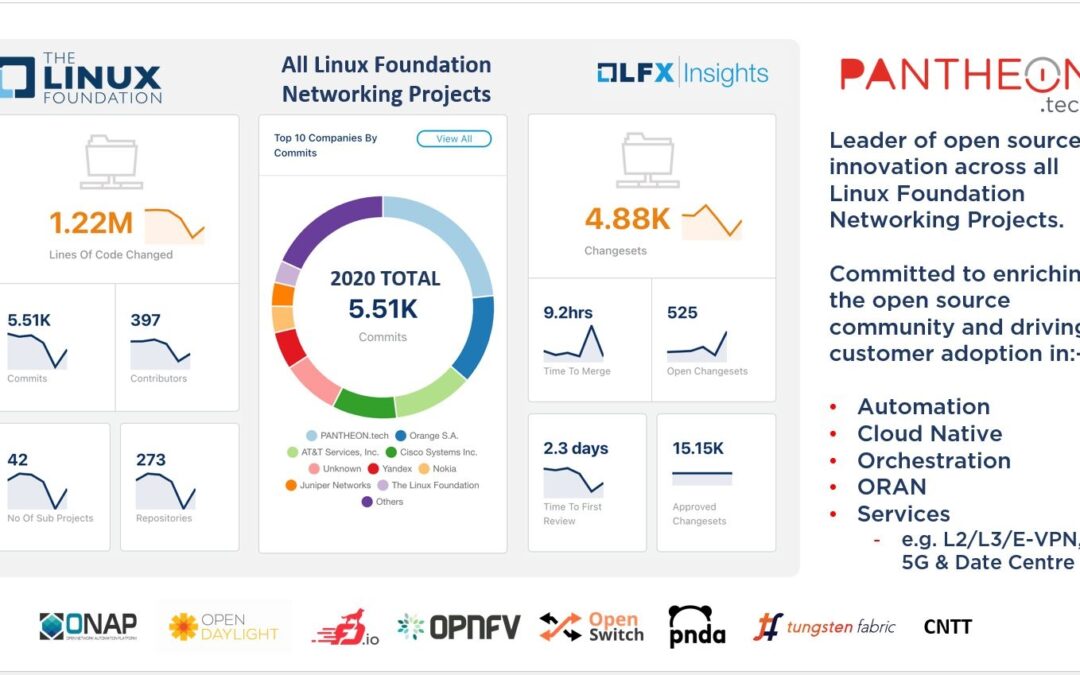![[Tutorial] StoneWork + GNS3](https://pantheon.tech/wp-content/uploads/2021/03/stoneworkgns3-1080x627.jpg)
![[Tutorial] StoneWork + GNS3](https://pantheon.tech/wp-content/uploads/2021/03/stoneworkgns3-1080x627.jpg)
![[Release] Cloud-Native Network Function YAML Editor](https://pantheon.tech/wp-content/uploads/2021/03/yaml_cdnf-1080x627.jpg)
[Release] Cloud-Native Network Function YAML Editor
Verify & Edit CNF YAML Configurations CDNF.io YAML Editor, is an open-source, YAML configuration editor & verification tool. It is part of the CNF portfolio – as an added bonus, you can verify your cloud-native network function configuration with our...
Secure Access to SONiC Switch w/ IPSec & StoneWork
StoneWork | An IPSec Appliance Our We have created a portfolio is steadily growing. Our latest addition is StoneWork. Here, StoneWork enables you to securely and remotely access your management plane. StoneWork is a solution which, thanks to its modular architecture,...
Validate YANG Models in OpenDaylight for Free
lighty YANG Validator Customers can create, validate and visualize the YANG data model of their application, without the need to call any other external tool – just by using the lighty.io framework. YANG Tools helps to parse YANG modules, represent the YANG...![[NSO Guide] Cisco Network Services Orchestrator](https://pantheon.tech/wp-content/uploads/2020/03/cisco_nso_guide_PT-1.png)
[NSO Guide] Cisco Network Services Orchestrator
by Samuel Kontriš | Subscribe to our newsletter! A network can get messy. That is why many service providers require a Network Orchestrator, to fill the gap between managing hundreds of devices & corresponding services like SNMP, NETCONF, REST and others. This is...![[OpenDaylight] Static Distribution](https://pantheon.tech/wp-content/uploads/2021/02/static-distro-1080x627.jpg)
[OpenDaylight] Static Distribution
OpenDaylight’s distribution package remained the same for several years. But what if there is a different way to do this, making distribution more aligned with the latest containerization trends? This is where an OpenDaylight Static Distribution comes to the...![[OpenDaylight] Binding Query](https://pantheon.tech/wp-content/uploads/2021/02/binding-query--1080x627.png)
[OpenDaylight] Binding Query
Binding Query (BQ) is an MD-SAL module, currently located at OpenDaylight version master (7.0.5), 6.0.x, and 5.0.x. Its primary function is to filter data from the Binding Awareness model. To use BQ, it is required to create QueryExpression and QueryExecutor....![[OpenDaylight] Migrating to AKKA 2.6.X](https://pantheon.tech/wp-content/uploads/2021/02/PT-AKKA-ODL-1080x627.jpg)
[OpenDaylight] Migrating to AKKA 2.6.X
PANTHEON.tech has enabled OpenDaylight to migrate to the current version of AKKA, 2.6.x. Today, we will review recent changes to AKKA, which is the heart of OpenDaylight’s Clustering functionality. As the largest committer to the OpenDaylight source-code,...
PANTHEON.tech Proves 2020 Leadership in Contributions to Linux Foundation Networking Projects
The Linux Foundation Networking: 2020 Year in Review shows PANTHEON.tech leading open-source enrichment and customer innovation adoption in SDN Automation, Cloud-Native, 5G & O-RAN. Leadership and Contribution PANTHEON.tech is pleased to showcase the Linux...
